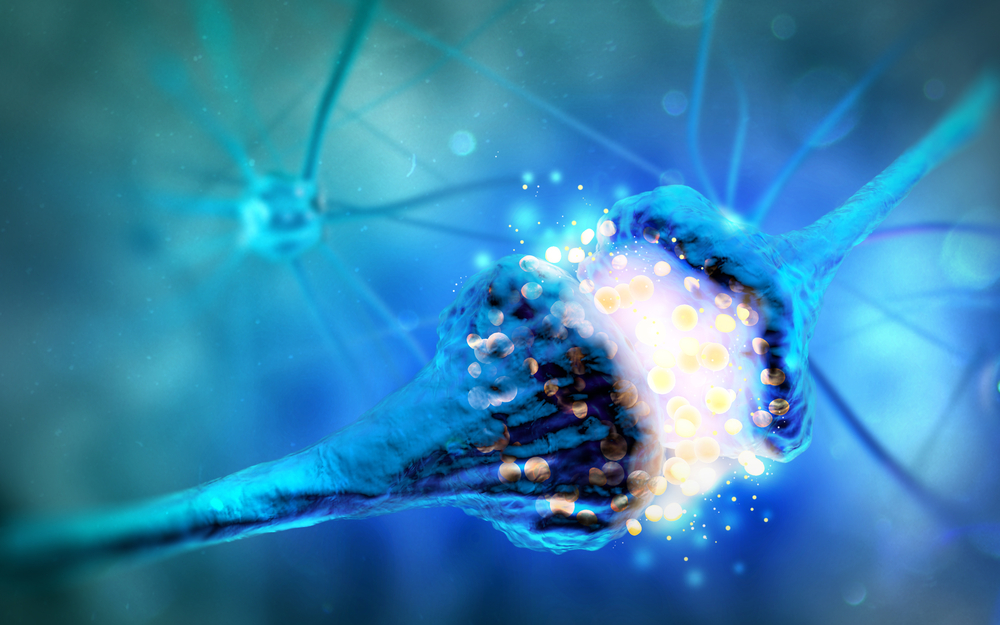RNA-Protein Interaction Is Essential to Nerve Cell Communication, Study Finds

The interaction between an RNA molecule and a protein is essential for the growth of axons, the portion of movement nerve cells responsible for communicating with other nerve cells, a study reports.
Researchers identified the RNA molecule as 7SK and the protein as hnRNP R.
The study, “hnRNP R and its main interactor, the noncoding RNA 7SK, coregulate the axonal transcriptome of motoneurons,” was published in the journal PNAS.
DNA, which carries all our genetic information, is used as a template to make RNA, which, in turn, is used as a template to make proteins. RNA can have other functions in a cell besides making proteins, however. RNAs that don’t generate proteins are known as noncoding RNAs.
Movement nerve cells need RNA to grow axons, which are necessary for communicating with other nerve cells. Problems in RNA processing and transport can cause defective signaling between nerve cells, leading to neurodegenerative diseases such as amyotrophic lateral sclerosis (ALS) and spinal muscular atrophy (SMA).
Scientists know that the proper processing of RNA requires what is called RNA-binding protein. But they don’t know how RNA-binding proteins regulate RNA in movement nerve cells.
An RNA binding protein called heterogeneous nuclear ribonucleoprotein R (hnRNP R) is found in the axons of developing movement nerve cells. And its depletion causes axon growth problems.
To learn more about the role that hnRNP R plays in axon growth, researchers used a method called individual nucleotide-resolution cross-linking and immunoprecipitation (iCLIP). It shows the exact RNAs that bind to hnRNP R in movement nerve cells.
Researchers were able to identify about 3,500 RNA that bind with the protein. Most were involved in synaptic transmission — or signaling between nerve cells — and axon guidance.
A key finding was that noncoding RNA 7SK was the RNA that interacted most with hnRNP R. When researchers looked at where 7SK was located in a movement nerve cell, they saw that it was both in the nucleus — where DNA is housed — and outside the nucleus.
In particular, 7SK was found in axons, where it appeared to be in close proximity to hnRNP R. Researchers discovered that depleting hnRNP R led to a decrease in 7SK.
Furthermore, a decrease in 7SK led to a reduction in axon growth as well as alterations in the RNA population of axons. This was similar to the effect seen when hnRNP R was depleted.
Researchers went on to show that 7SK’s role in axon elongation depended on its interaction with hnRNP R.
“These results propose a role for 7SK as an essential interactor of hnRNP R to regulate its function in axon maintenance,” the team wrote.
Michael Briese, the first author of the study, said in a press release that the study could lead to improvements in new therapies that “are already being used successfully in the hospital to treat spinal muscular atrophy.”






